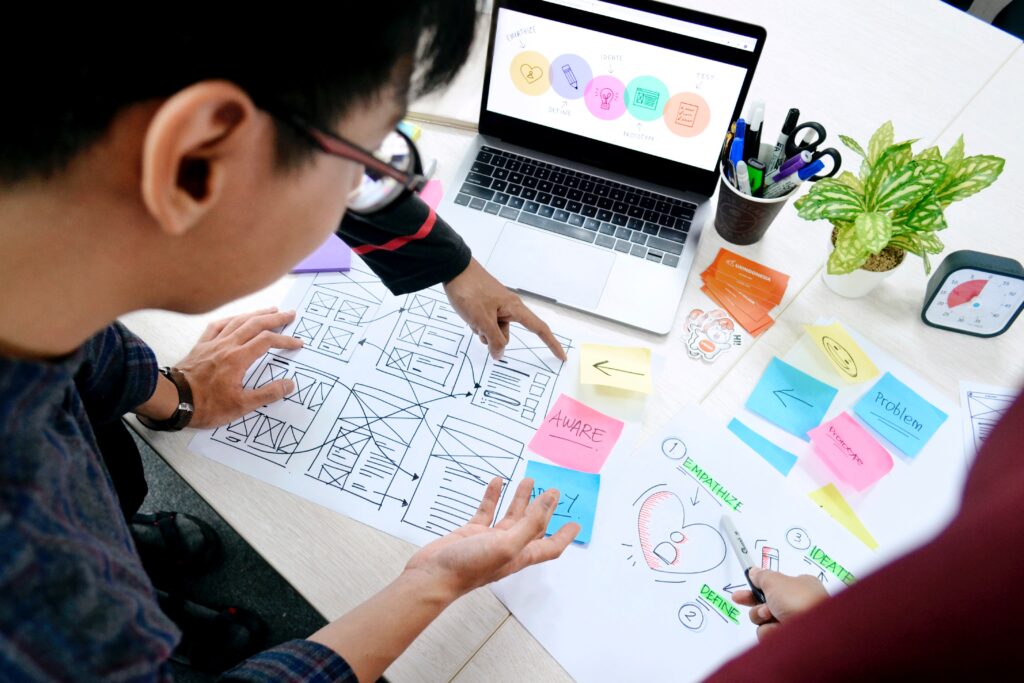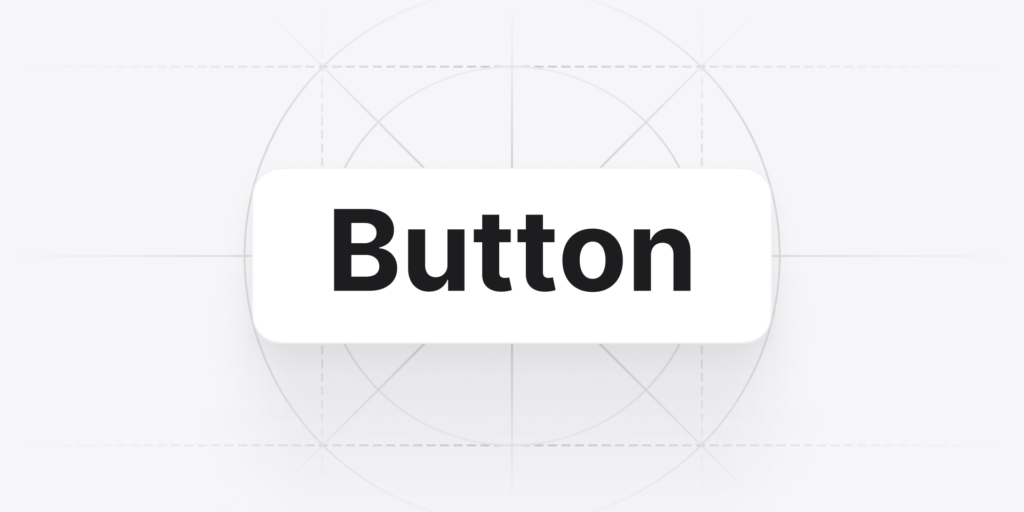Even the smallest details can have a big effects on how consumers engage with a digital interface in the field of user experience (UX) design. One such component that frequently goes unnoticed but has enormous power is the simple button. Buttons are the entry point for user actions because they encourage conversions, make navigation easier, and direct visitors along a smooth digital path. But did you realize that psychology and buttons are closely related? This essay examines the fascinating field of button psychology in UX design and demonstrates how increased user pleasure and engagement may result from an understanding of it.
The Power of Visual Cues on Button Psychology
Buttons are visual indicators that direct users to perform certain activities; they are more than just text-filled rectangles. A button’s appearance, including its color, shape, size, and placement, affects how users perceive and use it.
- Color Psychology: Colors play a significant role in evoking emotions and influencing user behavior. Red buttons can signify urgency, while green ones suggest safety or confirmation. Blue is often associated with trust and tranquility, making it a popular choice for primary action buttons.
- Contrast and Visibility: Buttons should stand out from the surrounding elements. A high contrast between the button and its background makes it easier for users to locate and interact with.
- Size and Proximity: Larger buttons naturally draw more attention. Placing essential actions in prominent positions enhances their visibility and encourages users to engage with them.
Button Labels and Microcopy
Clear and succinct labels improve usability and decrease confusion. The wording on a button, also known as the button label, is equally crucial in conveying the intended action.
- Clarity: Button labels should be simple, action-oriented, and reflect the purpose of the button. Ambiguous labels like “Submit” or “Next” can lead to uncertainty, while labels like “Add to Cart” or “Download Now” leave no room for interpretation.
- Microcopy: Sometimes, a brief sentence or phrase near the button can provide additional context, reassuring users or explaining the outcome of the action. For example, “No credit card required” can alleviate concerns during a sign-up process.

The Psychology of Interaction
Based on their everyday experiences and recognized UI patterns, users frequently form expectations about how buttons should operate. Frustration can result if these expectations aren’t met.
- Affordance: Buttons should possess visual cues that suggest their interactivity. Raised buttons give a sense of being pressable, while hover effects or subtle animations indicate responsiveness.
- Consistency: Consistent button placement, appearance, and behavior throughout an interface create a sense of familiarity. Users appreciate predictability, which reduces cognitive load.
Emotional Engagement of Button Psychology
Buttons have the power to stir up feelings in people and influence how they feel about things as a whole.
- Emotive Language: Using language that aligns with the user’s emotions can create a stronger connection. “Join the Community” sounds more inviting than a plain “Sign Up.”
- Feedback: Buttons that provide instant feedback, such as a subtle animation or color change upon clicking, give users a sense of control and satisfaction.
A/B Testing and Iteration
Knowing button psychology is just the start. Testing and making decisions based on actual user interactions is where the true power of UX design lies.
- A/B Testing: Test different button colors, sizes, labels, and placements to see what resonates best with your target audience. Small changes can lead to significant improvements in conversion rates.
- User Feedback: Listen to your users. Their feedback can provide insights into whether buttons are intuitive and whether they meet user expectations.

Conclusion on of Button Psychology
Understanding color psychology, creating concise labels, following established interaction patterns, and taking into account emotional engagement will allow you to create interfaces that not only look good but also resonate with users deeply. Button psychology is an intriguing fusion of design, human behavior, and cognitive science, and harnessing its potency will help you create interfaces that not only look good but also resonate deeply with users.
